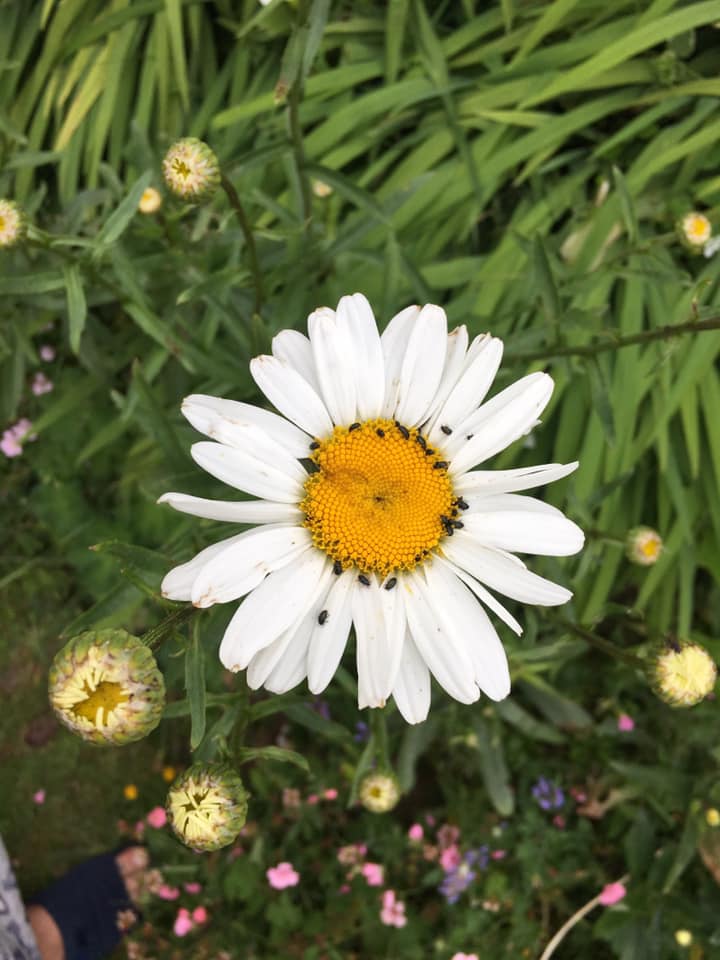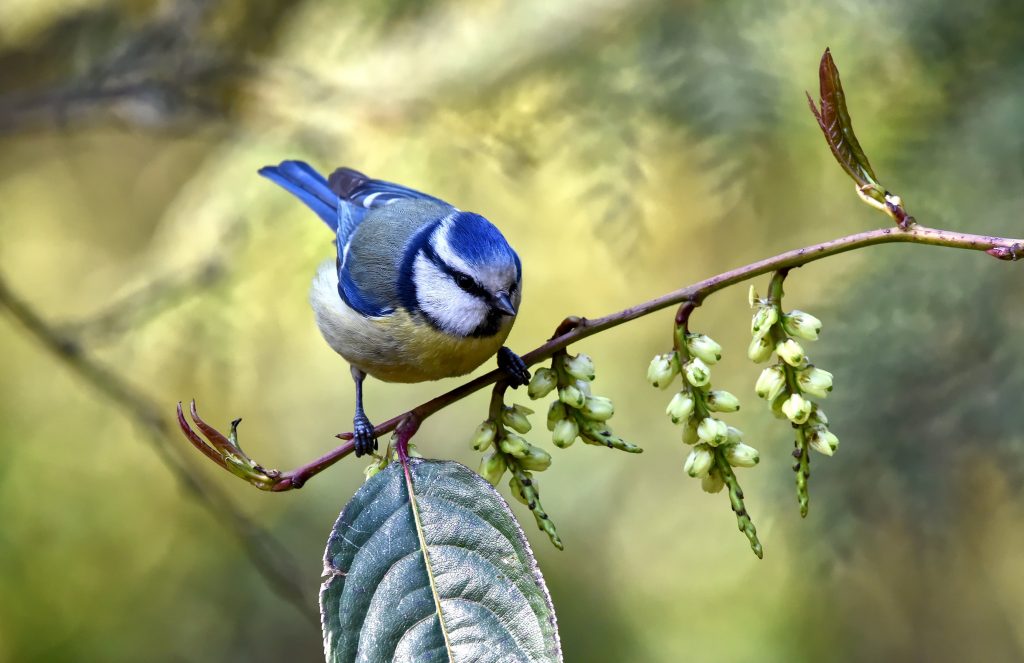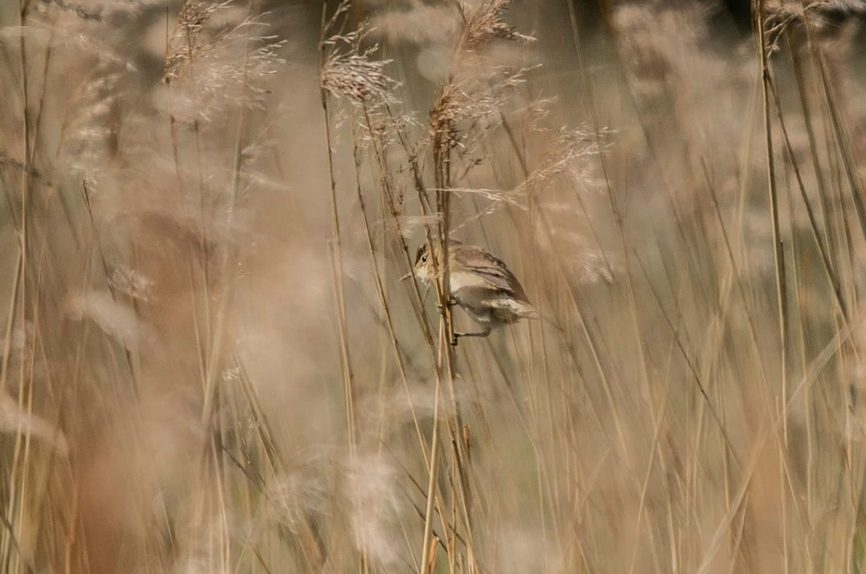‘Rewilding’ has become a bit of a buzz word, with the issue lately receiving increasing exposure from the mainstream media. A wide-ranging and far-reaching subject, the basic premise is that we can all do our bit for wildlife by allowing our gardens and other outside spaces to become wilder and less controlled, to provide valuable oases of hope for insects and other wildlife whose natural habitats are under increasing and seemingly unrelenting pressure.

This more relaxed approach to gardening is one I have long practiced, latterly in my small patch in Cilcain, North East Wales. Besides planting hawthorn and rosa rugosa hedging in recent years as well as a few small trees, we sow native wildflower seeds annually to encourage pollinators and other insects into the garden, and allow weeds like nettles, cleavers and buttercups to grow, although admittedly these are largely confined to the back of the borders. We have provided log piles, dug and planted a tiny pond (in reality little more than a deep hole) and allow autumn’s leaves to lie where they fall. A flourishing ivy across the front of our house provides habitat, shelter and food for scores of birds, and we never use any sprays or chemicals whatsoever.

As a result, our garden teems with glorious, vibrant life. The air is filled with bird song and the busy flurry of wings, bees fly in and out of the low eaves just above head height, wasps attend their exquisite papery nest inside an old abandoned bird box and gangs of sparrows squabble and bicker in shuddering shrubs. A mouse scavenges bird seed beneath the apple tree in darting runs from its home among the stone steps, toads hide from the sun under the cover of dark-dappled green, and water snails sail across the pond, tiny submariners of this particular deep. Come the quiet cool of evening, a blackbird delivers a virtuoso performance from his usual spot on the roof ridge, as midges dance to his song in the softly falling dusk. Later, bats swoop and circle the garden, hawking for unwary moths, while in the church yard across the way, rooks throng in the canopy of a towering sycamore, settling in amid raucous croaks and a shuffling of feathers, before the drawing down of the night. It is a wildlife sanctuary in miniature, a haven for the wild things who visit, and all are welcome here.
Cover photograph by kind permission of Nicky Nelson Photography

That’s beautiful Sonia!
Thank you Mary – so glad you enjoyed it!
I always love the sound of the birds in your ivy when I walk past, your garden is a proper twitterfest Sonia!
Yes, it’s lovely to have them there, Carole!
Wonderful, shows how much can be achieved in a small space, but still maintaining an attractive garden to be enjoyed by all. Looking forward to more reports. 🙂
Thank you Kate, glad you enjoyed it!
Thank you for sharing your garden with us as well as the wildlife!
Thanks for your kind words, Jackie – it’s always great to have such lovely feedback!
Thank you, Agnes. I have visited your fascinating blog – it seems we have a shared love of rocks, as well as wildlife and gardens! I will keep checking in.
Yes to this!!! So important in this world of clipped & pruned! Our gardens are NOT a medal, they are a habitat for nature x
Thank you, Nicky!
Thank you, Nicky – well said!